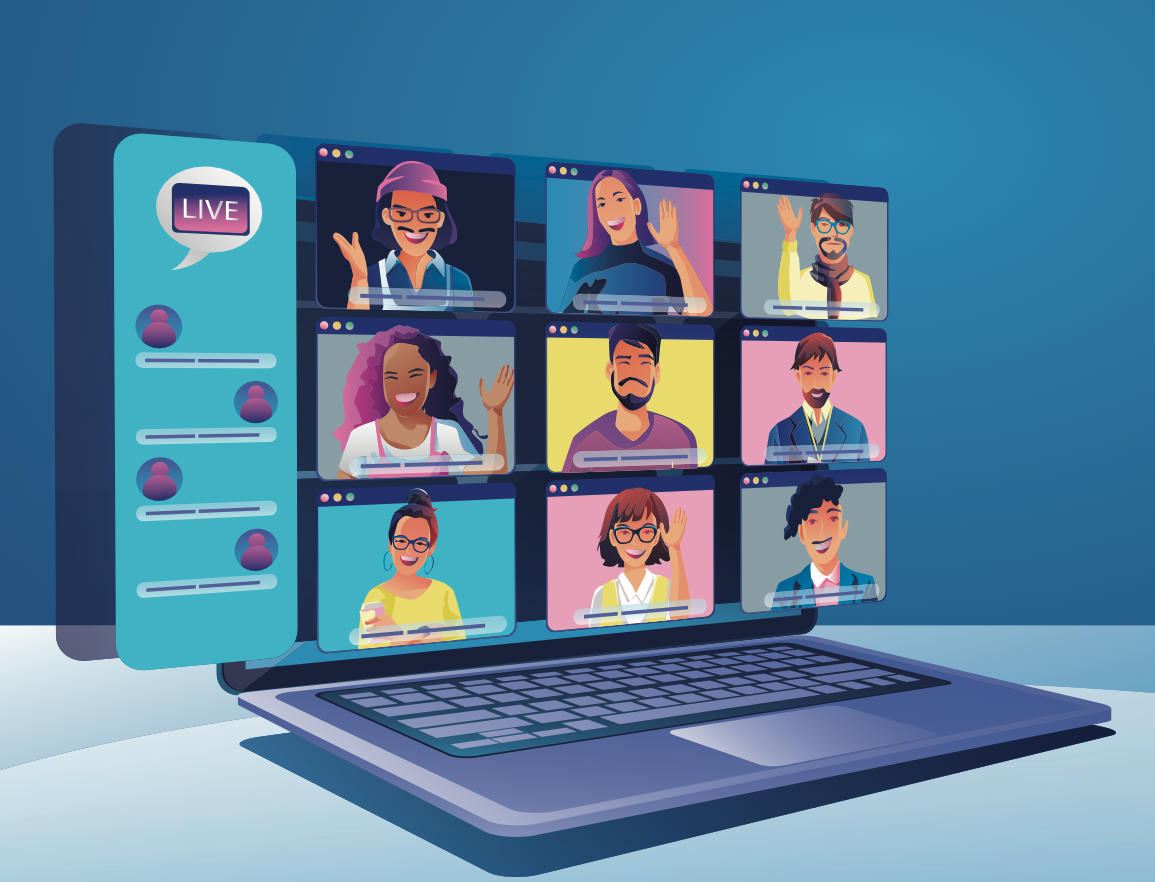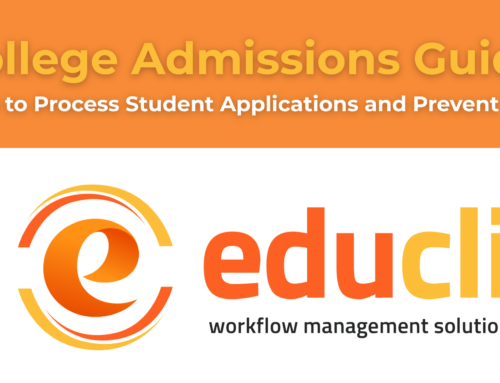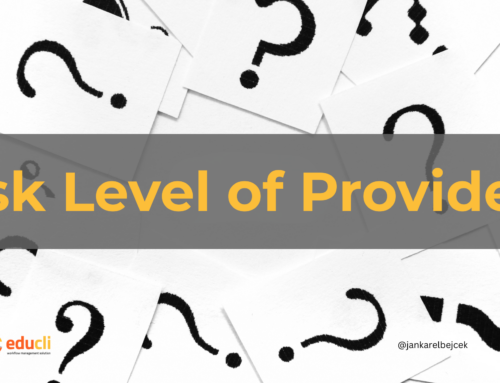Is traditional education living its Blockbuster moment?
Traditional education’s future has been called into question by factors such as the spread of online learning, the availability of advanced educational technology, and the COVID-19 pandemic. Some have even gone so far as to compare the current state of traditional education to the “Blockbuster moment,” in which a once-dominant industry is rendered obsolete by a newer, more flexible competitor.
Though conventional schooling has its work cut out for it, it is not necessarily doomed to disappear altogether. There is no denying the benefits of a traditional education, particularly when it comes to students’ social and emotional growth, practical application of concepts, and personal connections that can be difficult to replicate in a virtual classroom.
That being said, traditional education needs to evolve with the times. To achieve this goal, it may be necessary to rethink the structure and delivery of education, embrace flexible learning options, and make greater use of technology and online learning. There may be a need to shift emphasis from factual knowledge to practical training.
Ultimately, a hybrid approach combining elements of traditional and online learning to create a more individualized and effective learning experience is likely to be the way education is delivered in the future. While conventional schooling certainly has its problems, it is by no means doomed to disappear. However, it is clear that it must adapt in order to remain relevant and meet the changing needs of students and society.
Senior Portfolio Manager at Credit Suisse Kirill Pyshkin told the Financial Times, “This is education’s Netflix moment,” drawing parallels to the disruption experienced by the film industry a few years ago. “This looks to be a catalytic moment,” agrees Sean Gallagher, executive professor of education policy at Northeastern University and founder of the university’s Center for the Future of Higher Education and Talent Strategy. Just as the rapid digitization of so many other aspects of our daily lives has led to an increase in interest and participation in online education that would have otherwise taken years to develop, so too has this phenomenon occurred relatively quickly. Similarly, an August 2020 Strada Education Network COVID-19 Work and Education Survey found that fully 1 in 5 Americans plan to enrol in an education programs in the next six months, and “they also have expressed a consistent preference for non-degree programs, skills training, and online options.”
The stage was already set for disruption in higher education before the new coronavirus began its destructive run across the planet. A massive online survey conducted in 2019 by Pearson of more than 11,000 learners in 19 countries found that:
- 68% agreed that a degree or certificate from a vocational college or trade school was more likely to result in a good job with career prospects than a university degree.
- At least three-quarters of respondents believed that you have to keep learning after college to stay relevant in your career. This rose to over 90% in Australia, Canada, China, Argentina, Colombia, Mexico, and South Africa.
- Among employed respondents who had opted for further education, many more had chosen self-training/teaching themselves via Internet resources or taken courses provided by employers or professional associations than had undertaken upskilling from a college or university.
Not surprisingly, Google has been keeping a close eye on the market trend, and the company announced in July that it will be offering three new six-month programs in data analytics, project management, and user experience design. Google is already becoming more active in the post-secondary education space (through Google programmes delivered on Coursera) resulting in Google Career Certificates and treating these certificates on par with four-year degrees in its hiring practices.
Google’s decision to offer the certificates is based on the need to retrain employees whose jobs have been lost as a result of the pandemic, as well as the fact that they are relatively inexpensive. The certificates are being promoted as viable alternatives to university degrees. Kent Walker, Google’s senior vice-president of global affairs, blogged that, “College degrees are out of reach for many Americans, and you shouldn’t need a college diploma to have economic security.”
Industry experts agree that Google’s announcement is a significant bellwether of a trend towards greater acceptance of certificates by employers, but the trend doesn’t herald the end of demand for college degrees, either. Dr Paul LeBlanc, president of Southern New Hampshire University, told Times Higher Education that it remains to be seen how much traction skills-based certificates have beyond technical fields, opining that, “A degree remains a signal of other attributes, other than the specific skills needed for a job in the moment.” He added that there are signs that rather than becoming obsolete, four-year degrees are actually becoming more popular “as an entry-level hiring barrier” because companies are becoming more selective in tough pandemic times.
The combination of these factors suggests that college degrees may be becoming more of a luxury item for some students and their families in this era of disruption, opening the door for non-traditional credentialing options such as online certificates, industry certifications, and microcredentials. These short-term offerings offer:
- Affordability (key to the many workers who have lost their jobs)
- Relevancy (crucial for job seekers who need to show concrete proof of mastery of a particular skillset for a particular job)
- Stackability (meaning that several certificates obtained over time can eventually lead to a more valuable specialisation or even degree)
- Flexible scheduling (a must for the multitudes juggling education, work, family, and sometimes illness or caregiving during the pandemic)
The pandemic has made everything more urgent and the near future is exceptionally difficult to predict, and as Northeastern’s Mr Gallagher told Inside Higher Ed, this extends to education and skills training: “Why commit to a long-term investment when your situation and options may change in a month?”
One of the most staggering consequences of COVID-19 was that suddenly millions of students around the world had to learn remotely in order to continue their education. This has allowed for a proliferation of EdTech solutions, the most impressive of which is the free online school that Ruangguru, an Indonesian company and the largest EdTech provider in Southeast Asia, plans to launch in March 2020. According to the Financial Times: “Online classes ran for five hours every weekday simultaneously across 18 live streaming channels, with tutors covering all school subjects from Grades 1 to 12. Similarly to a traditional school, there were free live quizzes available in the afternoons and evenings, and students could study a new topic every hour. More than 1.5 million students used Ruangguru’s app within the first 24 hours of its launch, “surpassing more popular apps like WhatsApp and TikTok.” Seven million by the end of the school year had signed up for Ruangguru‘s free courses. As of August 2020, the company claims a base of 17 million registered learners in Indonesia.
Also in the EdTech space, these pandemic times have seen:
- Language learning app Duolingo recording a 108% increase in traffic over March 2020;
- China’s online tutoring providers Koolearn, GSX, and Youdao enrolling 10 million students in free online courses at the height of the lockdown
- Coursera recording a 520% increase in enrolments from mid-March to June 2020 compared to the same period in 2019
- Byju’s, the Indian online learning app, gaining 6 million new users in March, a 150% surge in enrolments
- Brazil’s Estacio seeing 55% growth in Q1, 2020, in online distance-learning student enrolments
This new economic footprint of EdTech since COVID-19 has seen a massive digital penetration rate in the education sector. This is in comparison what mobile phone penetration rates were in 1998/99.
Interested in more information on how to digitize your organisation? Contact us today!
#crm #onlinelearning #educli #education




